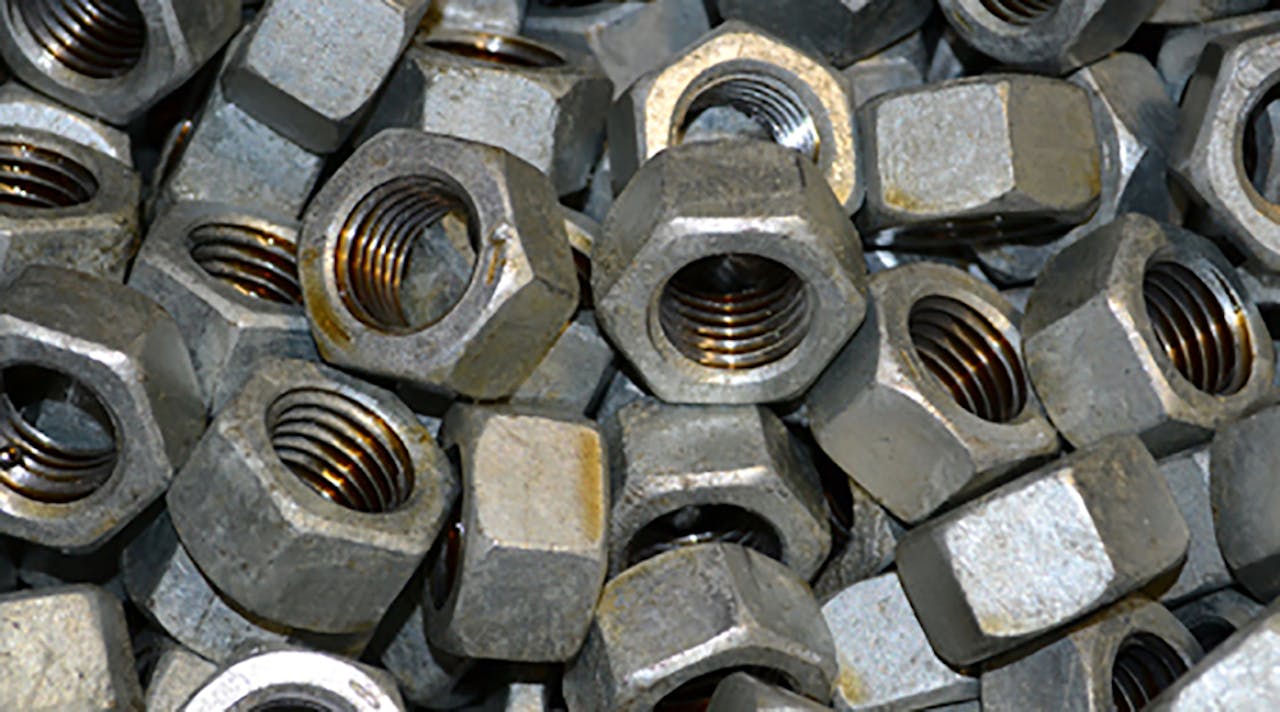How to Prevent Corrosion of Stainless Steel Fasteners
If you have been using hardware made of 303 stainless steel and it's exposed to a salt atmosphere, the parts will begin to rust. If you don't have the option to switch to another material, what should you do?
What Causes Corrosion and How Do You Prevent it?
Free machining austenitic stainless type 303 is not as resistant to rusting as the other austenitic grades will be. This is due to the sulfur, selenium, or tellurium-free machining additives, which will act as sites for corrosion to initiate. Additionally, passivation of type 303 stainless requires different bath chemistry compared to the standard austenitic grades. The austenitic stainless steels, including types 302, 304, and 316 are preferred for salt atmosphere/marine environments. Optimum corrosion resistance can be obtained by specifying a smooth surface finish, thoroughly cleaning the surface, and performing a passivation treatment. The passivation treatment consists of immersing the parts in a 30% nitric acid solution which removes any iron contamination on the stainless surface which could serve to nucleate rusting. Passivation will also remove any oils from the machining process to make the part more cosmetically attractive.
We, at WM Components, can manufacture parts in any and all of the stainless steel materials mentioned above, as well as taking care of any of the passivation needs.
If you have questions about these materials, or any other materials you're working with, as well as any finishes or finishing processes, please contact our a MW Components team member.
